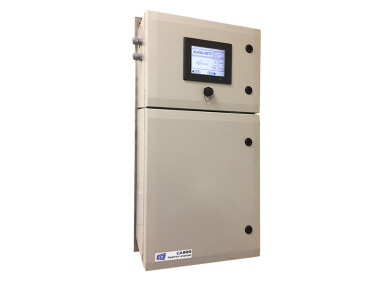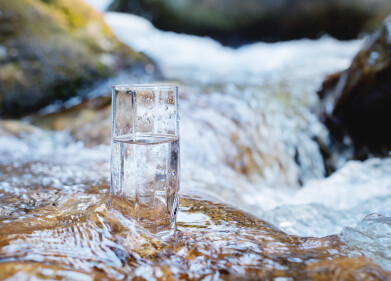Water/Wastewater
How Is Wastewater Tested for COVID-19?
Oct 02 2021
For the last 18 months or more, the scientific community has been largely preoccupied with investigating methods of overcoming the coronavirus pandemic. This has involved sourcing viable vaccine candidates and putting in place measures to limit its spread. However, it’s impossible to know how effective these methods have been without adequate diagnosing capabilities to determine whether or not the virus is still prevalent and propagating among the population.
<iframe width="560" height="315" src="https://www.youtube.com/embed/YK1XNuUsdRw" title="YouTube video player" frameborder="0" allow="accelerometer; autoplay; clipboard-write; encrypted-media; gyroscope; picture-in-picture" allowfullscreen></iframe>
Within weeks of the discovery of COVID-19, effective testing apparatus for individual diagnoses were developed. While these were a powerful tool in identifying those suffering from the diseases, they do have a number of drawbacks which limit their usefulness for gaining a more comprehensive view of the problem. Wastewater testing can compensate for this deficiency – but how exactly does it work?
The shortcomings of individual tests
At present, the UK government is supplying its population with lateral flow tests free of charge and encouraging them to use them twice a week in order to fight the spread of the disease as much as possible. Even with the rigor and regularity of this advice, however, individual testing is not a completely effective tool in quantifying the prevalence of the virus.
That’s because many people find the practice unpleasant and will avoid it unless they begin to experience symptoms, with some even shunning it in that eventuality. What’s more, lateral flow tests have been known to return false positives or miss diagnoses, making them not wholly reliable as a diagnostic tool alone. PCR tests are more effective but even less commonly used, which is why a more all-encompassing method of testing is required.
The bigger picture
The analysis of the wastewater generated by a community can provide the bigger picture sampling that the situation demands. By detecting fragments of the virus’s DNA in wastewater samples, researchers can quickly, cheaply and easily determine the presence of COVID-19 in a given geographical location. They can, also, get a rough idea of the scale of infection based upon the concentration of the viral DNA in the samples tested. This allows them to pre-emptively impose restrictions and/or divert resources to deal with potential outbreaks.
Of course, the dilution that occurs in a wastewater stream will mean that COVID-19 RNA will be found in vastly smaller concentrations than they would in the nose and throat of an infected patient. Therefore, researchers must employ a number of techniques to assist them in their goal, such as introducing chemicals into the sample to bind the fragments together or filtering the sample to reduce the solution size. The upcoming talk Automated wet chemical analysis for wastewater surveillance of COVID-19, which is scheduled to take place later this month, sheds more light on one particular technique currently in use.
Digital Edition
AET 28.2 April/May 2024
May 2024
Business News - Teledyne Marine expands with the acquisition of Valeport - Signal partners with gas analysis experts in Korea Air Monitoring - Continuous Fine Particulate Emission Monitor...
View all digital editions
Events
Jul 10 2024 Birmingham, UK
Jul 21 2024 Cape Town, South Africa
Australasian Waste & Recycling Expo
Jul 24 2024 Sydney, Australia
Jul 30 2024 Jakarta, Indonesia
China Energy Summit & Exhibition
Jul 31 2024 Beijing, China
.jpg)

















